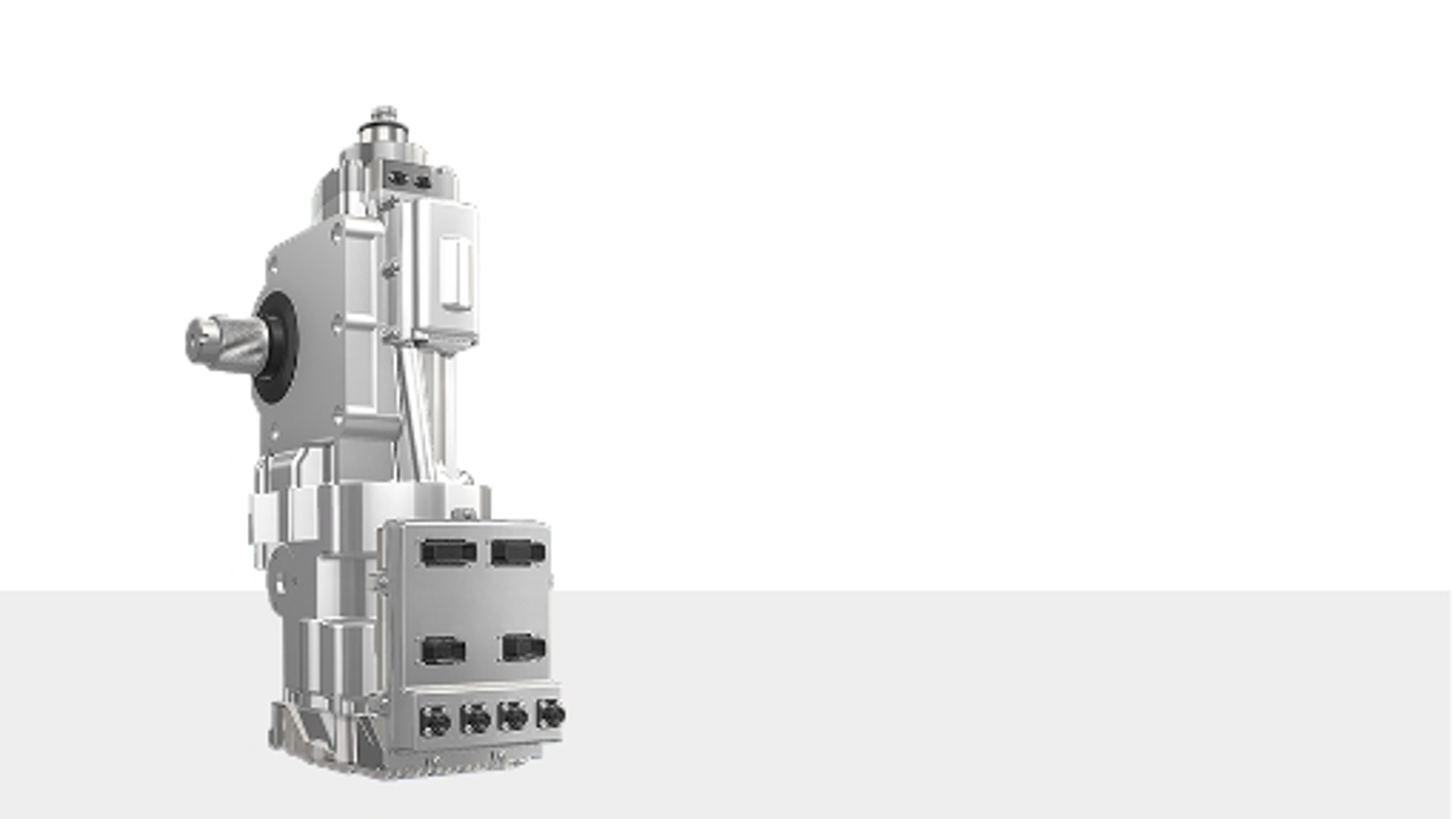In terms of savings, Knorr-Bremse’s Electric Power Steering system has further benefits to offer: “Our EPS is a standalone solution,” says Peter Heimbrock. “It doesn’t need external components such as hydraulic pumps, hoses or oil reservoirs. So EPS fits into less space, and is easier to assemble and maintain.” For commercial vehicle manufacturers and operators, this means lower costs all round.
Smarter hydraulics
There are good reasons why Knorr-Bremse’s developers opted to integrate hydraulics into the EPS system when seeking to scale up the electric motor’s power to the levels required for assisted steering. “The alternative would have been a mechanical transmission. But building a durable steering transmission that isn’t prone to vibration or rattling is very challenging. And in any case, it wouldn’t be modular enough to fit into the available space,” explains Heimbrock.
The decision to opt for a hydraulic transmission was taken in 2021, after both concepts had been intensively evaluated and tested. This pre-development stage started back in 2017, led by the steering team at the Schwieberdingen facility with the support of teams in Düsseldorf and Budapest. And the decision in favor of hydraulics has turned out to be the right one: Following successful B-sample tests, and with new sample stages impending (including winter trials), the launch of series production is slated for 2025.





